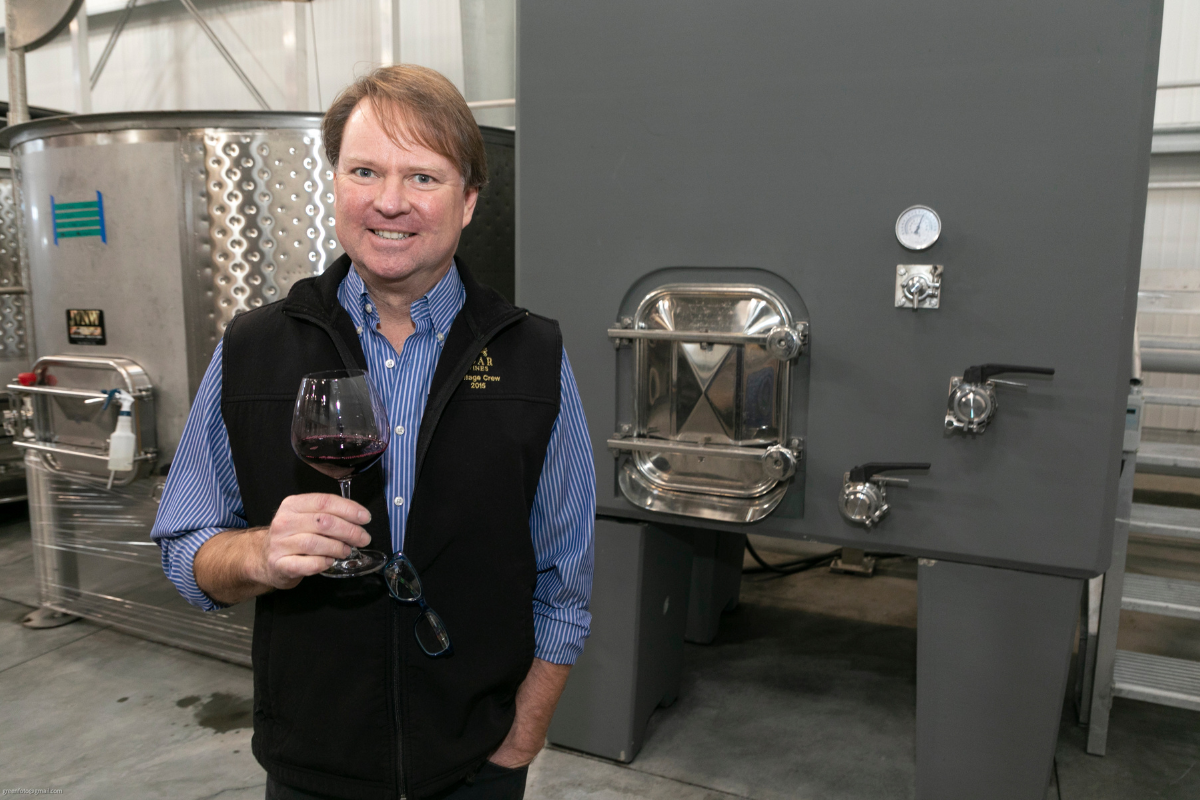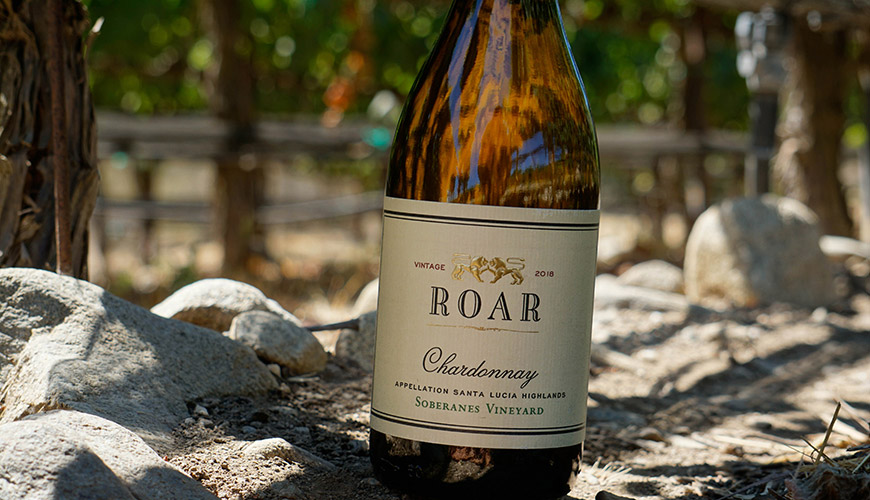Introducing our New Concrete Tank
With our new winery ready for its second vintage in 2019, we welcomed a new toy—a solid concrete, cube-shaped tank for fermentation and aging. Inspired by the concrete fermentations that partner wineries have made from our own vineyards, we ordered one 9,000 pound, 700-gallon tank from France for ourselves.
Concrete tanks have long been used in winemaking. The porous nature of concrete allows a tiny amount of oxygen exchange within the tank’s walls. These millions of little exchanges naturally influence the wine’s resulting flavors and textures.
After some barrel aging, the concrete version showed bright, approachable fruit with supple fruit tannin. It also continued to show more textural nuances with a smooth mouthfeel one might imagine from powdered minerals. The stainless steel fermentation showed the classic ROAR style we know with a more noticeable integration of oak tannin and a darker fruit character than the concrete fermented fruit.
Our second experiment was to age some of the Garys’ Vineyard Pinot Noir in the concrete. After primary fermentation from two stainless steel tanks, we sent free run wine directly into the concrete tank to age for 10 months. Some of the wine went to new and used oak barrels for comparison. We really noticed the pure fruit expression and lush roundness in the wine aged on concrete. It made blending very interesting as we measured different portions to see how it affected the overall Garys’ blend, being careful to consider the influence of new oak aging so that we don’t stray from the wine’s consistent style.
In the end, we love what the new concrete tank taught us in 2019, both in fermenting and aging. It’s an exciting new tool to work with that adds so much more to the blending process and ultimately to the nuances in our wines.




